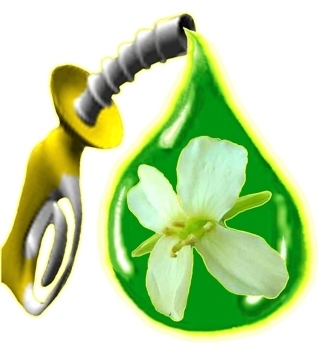 Biofuels, for those who aren’t yet aware, are one of the most promising ways to help to lower our dependency on fossil fuels as well as on oil from foreign countries.
Biofuels, for those who aren’t yet aware, are one of the most promising ways to help to lower our dependency on fossil fuels as well as on oil from foreign countries.
Bio- fuel technology is available for those who want use it and sustainability is just one positive benefit of biofuel techniques. Biofuels are not, however, the be-all and end all that they have been touted as. In fact, many professors, energy experts, and scientists are warning that biofuels are still carbon fuels, a fact which tends to escape many of us as we proclaim them to be preferable for the environment.
The reality is that long term testing hasn’t been done on biofuels and we don’t know the effect they may have on our environment. That being said, biofuel are the prime example of a totally renewable source of energy and the production of biofuels to power vehicles and other engines would be a major step to taking us away from our reliance on other countries and on the oils and fossil/carbon fuels that are not so renewable.
Ethanol, one of the most popular types of biofuel is simply not sustainable because it uses almost as much energy to convert the corn as the energy it may provide, meant that it is simply too inefficient to be used. Scientists though think that they may have an answer and it’s one that offers more fuel energy per a smaller amount of fuel materials needed.
The latest biofuel exploration seems to be heading out to sea. The most serious limitation that we have in our present exploration of the non-fossil fuels is the lack of products with which to make them, as well as the high cost that is incurred for their use–one issue feeding into the other.
Soybeans and corn, the major feed stock materials that are also used to make most biofuels are not an endless supply. The same can’t be said though of the algae that scientists are working with. Algae is nearly endless in the supply and with the right conditions, that is to say, just about anywhere at all that has brackish water or salt water or swampy areas, you can grow the algae. The growth of algae is not a seasonal one, which means that you can get more than 20-30 times the production of the normal crops that have been typically used for biofuels.
Crops of algae can be grown on wastewater and even have a positive potential for help to recycle carbon dioxide that is currently spewing from business and industries. One man, Professor Cushman who has been working with algae as a replacement for other crops in the making of biofuels has found a way that he could extend the growth season up to about nine month even in a cold climate, making algae our best bet for new sources of biofuels.
Of his work, Cushman says that their long term goal is to find strains of algae that are the most suitable to making biofuels. They want to identify the most viable and most energy producing algae strains to learn how to improve the production of the fuels that we need It is the belief of science that they can significantly alter the biofuel industry using algae to produce it.
The bottom line is that we’ve got a far better chance of making some truly lower cost and far more usable biofuel with algae. It not only grows better, it actually puts out more energy or fuel, than land based crops.
Article Source:
http://EzineArticles.com/?expert=Judy_Ambrosio


